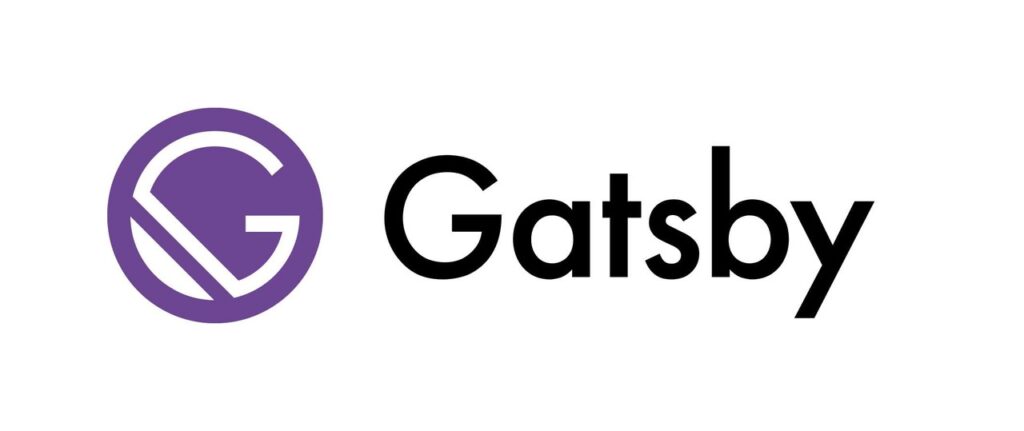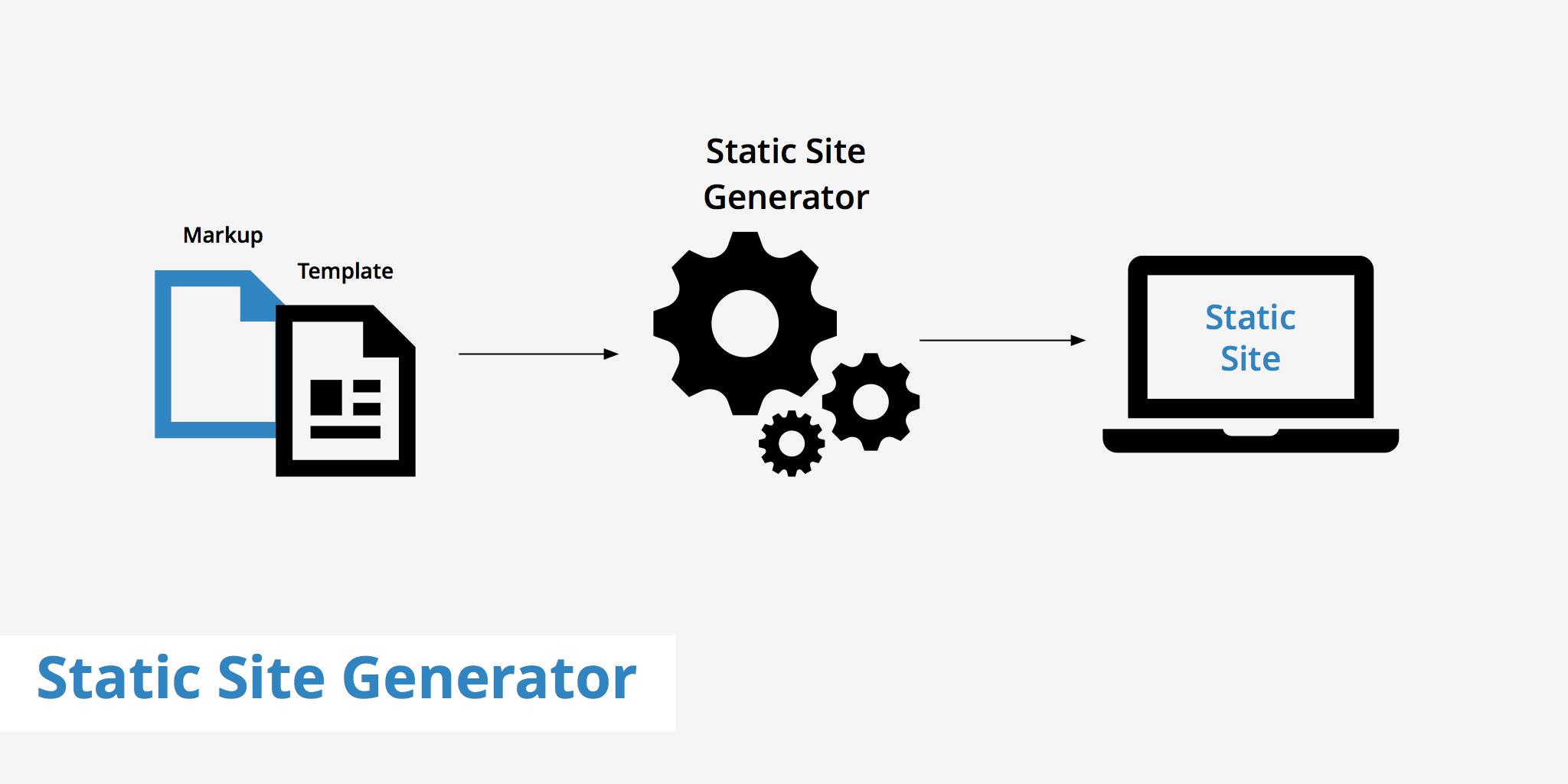Why Website Speed Matters for Business Success
In today’s fast-paced digital world, speed is everything. Websites that load slowly:
- Lose traffic – 53% of visitors abandon sites that take longer than 3 seconds to load.
- Rank lower on Google – Page speed is a crucial ranking factor.
- Have lower conversion rates – A one-second delay can lead to a 7% drop in conversions.
Businesses need efficient website solutions that prioritize performance, security, and cost-effectiveness. That’s where Static Site Generators (SSGs) come in.
What Is a Static Site Generator (SSG)?
A Static Site Generator (SSG) is a tool that pre-builds web pages using templates and content files, creating a fully static website. Unlike traditional Content Management Systems (CMSs) that generate pages dynamically for each visitor, an SSG pre-renders pages ahead of time and serves them as lightweight HTML files.
How SSGs Work:
- Content is written using Markdown, HTML, or other formats.
- SSG compiles the content with templates and generates static HTML files.
- Pages are served instantly to users without needing a database or backend processing.
Static vs. Dynamic Websites
| Feature | Static Websites | Dynamic Websites |
|---|---|---|
| Speed | Loads instantly | Requires server processing |
| Security | Highly secure | Vulnerable to attacks |
| Maintenance | Low maintenance | Requires regular updates |
| Hosting Cost | Low | Higher due to backend requirements |
| Scalability | Easily handles high traffic | Needs additional resources |
SSGs provide blazing-fast performance, improved security, and cost savings, making them ideal for many businesses.
When Should You Use a Static Site Generator?
SSGs are perfect for businesses and individuals who need fast, secure, and cost-effective websites. Here are the best use cases:
1. Business Websites & Landing Pages
If your site primarily consists of static content (e.g., services, contact pages, case studies), an SSG ensures faster load times and better SEO.
2. Small Business Websites
Local shops, restaurants, and service providers can use SSGs to create a professional online presence with low maintenance.
3. Portfolio Websites
Freelancers, designers, and photographers benefit from fast-loading portfolio sites to showcase their work.
4. Blogs & Personal Websites
SSGs allow bloggers to create fast, secure, and SEO-friendly websites. Platforms like Jekyll and Hugo simplify content publishing.
5. Event & Conference Websites
SSGs help create lightweight, high-performance event sites with schedules, speaker details, and registration forms.
6. Documentation & Knowledge Bases
Companies use SSGs to build technical documentation for products, APIs, or services, ensuring easy navigation and quick load times.
Top Benefits of Using a Static Site Generator for Business
1. Faster Website Speed & Better SEO
SSGs create pre-built static pages, which load significantly faster than dynamic websites. This results in:
- Improved user experience
- Higher Google rankings (Google prioritizes fast-loading sites)
- Lower bounce rates
2. Enhanced Security
Static websites have no backend databases or dynamic scripts, reducing risks of:
- SQL injection attacks
- DDoS attacks
- Malicious hacking attempts
3. Cost-Effective Hosting & Maintenance
SSGs eliminate the need for expensive hosting and backend servers. You can host your static site on:
- GitHub Pages (Free)
- Netlify (Affordable and scalable)
- Vercel (Optimized for frontend performance)
4. Easy Scalability
Since static sites don’t rely on a backend, they can handle high traffic spikes without crashing. Perfect for businesses launching marketing campaigns or viral promotions.
5. Seamless Version Control
SSGs work well with Git version control, making it easy to:
- Track website changes
- Collaborate with team members
- Roll back to previous versions when needed
Challenges of Static Site Generators
While SSGs offer numerous advantages, they aren’t ideal for every situation. Here are a few potential drawbacks:
| Cons | Solution |
|---|---|
| Limited dynamic functionality | Use headless CMS for content updates |
| Requires build process for updates | Automate builds with CI/CD pipelines |
| No built-in admin interface | Combine SSG with CMS platforms like Contentful or Strapi |
| Learning curve | Work with experienced developers to streamline setup |
For businesses requiring real-time updates, interactive features, or user-generated content, a hybrid approach combining SSGs with a headless CMS is an excellent solution.
How to Combine a Static Site Generator with a CMS
Many businesses need dynamic content management but also want the speed benefits of an SSG. The best solution? Pair an SSG with a headless CMS.
How It Works:
- Marketing teams create and manage content in the CMS (e.g., Contentful, Strapi).
- Developers use an SSG (e.g., Gatsby, Hugo) to pre-build static pages.
- The site updates automatically whenever new content is added.
Benefits of Combining SSG & CMS: - Easy content updates without needing developers
- SEO-friendly static pages with CMS-driven flexibility
- Fast website performance with scalable infrastructure
Best Static Site Generators to Consider
Here are some of the top SSGs used by developers worldwide:
1. Gatsby
✔ Best for React-based websites
✔ Supports dynamic content via APIs
✔ Large plugin ecosystem

2. Hugo
✔ Extremely fast build times
✔ Simple Go-based framework
✔ Great for blogs & documentation
3. Jekyll
✔ Works with GitHub Pages (Free hosting)
✔ Ideal for personal blogs & portfolios
✔ Simple setup for Markdown-based content
4. VuePress
✔ Best for Vue.js developers
✔ Perfect for documentation sites
✔ Supports custom theming & plugins
Final Thoughts: Is a Static Site Generator Right for Your Business?
If you need a fast, secure, and cost-effective website solution, a Static Site Generator is the perfect choice. It provides:
- Blazing-fast load speeds
- Improved security
- SEO-friendly structure
- Lower hosting costs
For businesses requiring dynamic content updates, combining an SSG with a headless CMS offers the best of both worlds.
